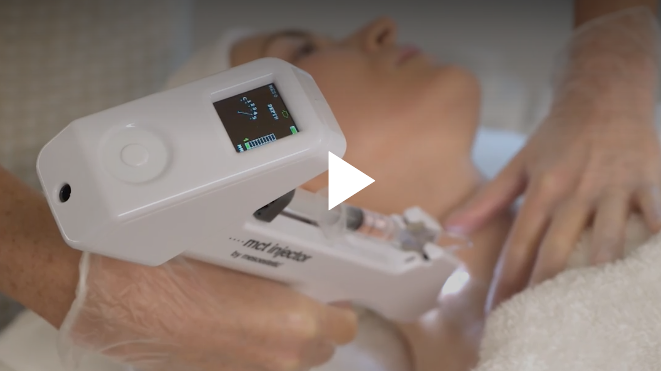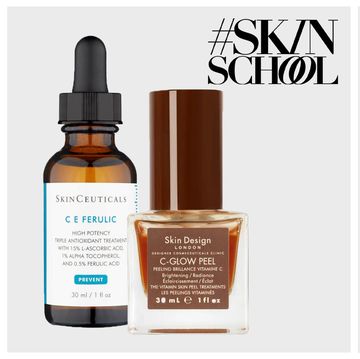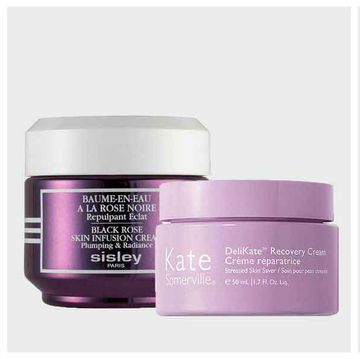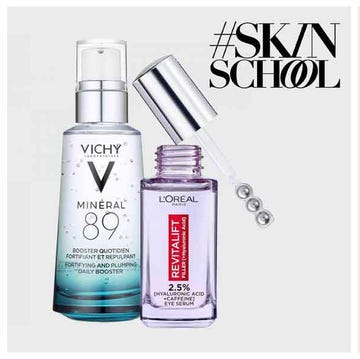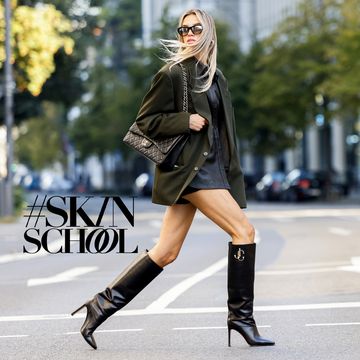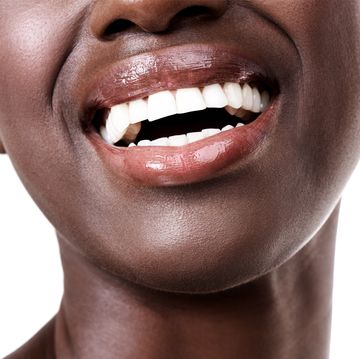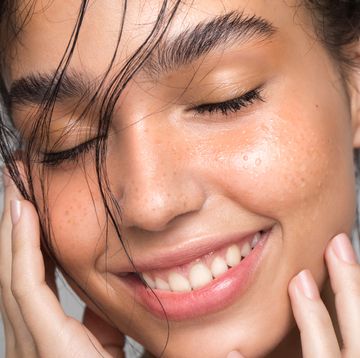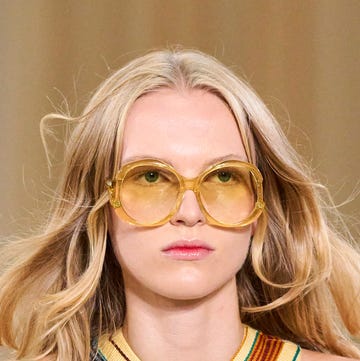It’s not often that a facial treatment becomes so widely popular that almost every clinic in the country is clamouring to offer it - step forward the Hydrafacial. Celebrities from Kate Winslet to Beyoncé have expressed their approval, while research by Yelp revealed it to be the most popular beauty treatment of 2019.
So, why is everyone talking about the Hydrafacial, and what exactly does the treatment involve? Here, see everything you need to know before booking...
What is a Hydrafacial, and how does it work?
“Hydrafacial is a multi-step treatment using glycolic acid, salicylic, antioxidants and hyaluronic acid in different percentages, according to the skin’s needs,” explains Joanne Evans, facialist and founder of Skin Matters. “It uses suction to deep-clean and exfoliate the skin, allowing deeper penetration of ingredients.”
Essentially, a Hydrafacial can be considered a gentler alternative to microdermabrasion. The ‘hydradermabrasion’ process involves cleansing and resurfacing the skin using a hand-held vacuum device, before infusing a bespoke blend of potent actives back into the skin. “The high suction, combined with a blast of oxygen and antioxidants, can remove blockages and debris which may have led to spots, without resorting to any techniques that may irritate the skin,” adds Evans.
What skin types can benefit?
According to Evans, a Hydrafacial is a great treatment for most skin types, especially anyone with congestion (experiencing ‘maskne’? Take note.) However, anyone with rosacea or especially fragile skin may want to sit this one out. What’s more, as the treatment can involve salicylic acid, it may not be suitable for pregnant women or anyone with an aspirin allergy.
Is there any downtime?
The Hydrafacial doesn’t irritate the skin or lead to any downtime, although your skin may be a little pink directly after.
Does it hurt?
Thankfully, Hydrafacial is a completely pain-free experience: as the pen runs along your skin, the sensation is akin to that of a very light massage. In fact, many have been lured to the treatment as a more relaxing alternative to chemical peels and manual extractions, as it incorporates the same skin-clearing benefits without the sting.
Where to book
The good news is that you can book in for a Hydrafacial at salons and clinics across the country, and be relatively certain of what to expect, thanks to its device-based nature. It’s a branded treatment, meaning practitioners need to be licensed to offer it.
Deviation from the script, however, comes in the form of the actives your facialist may choose to use. Some may offer tailored strengths of acids to perfectly suit your skin’s needs and tolerance, while others (such as Evans) choose to end with an LED treatment to further calm and clear the skin. Some may incorporate the hydrafacial device into a bespoke treatment, combining it with masks, massage or other skin-boosting techniques.

